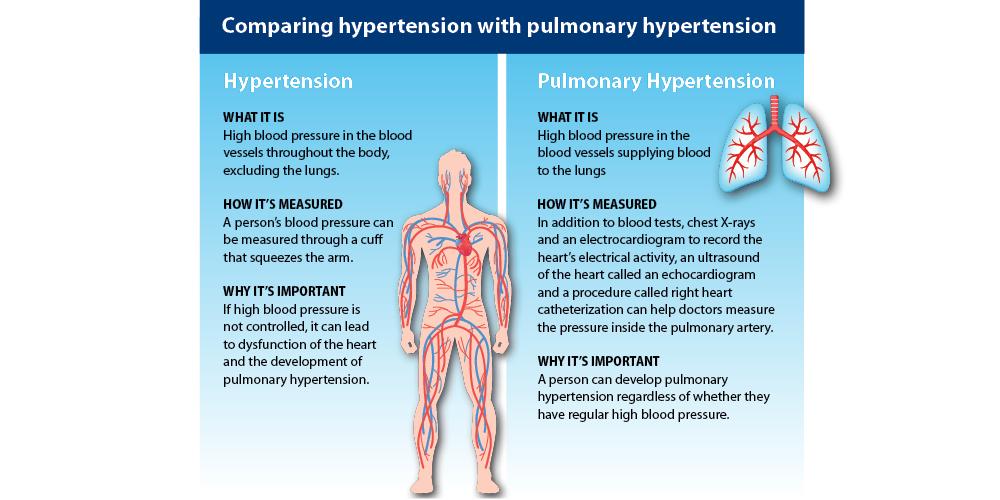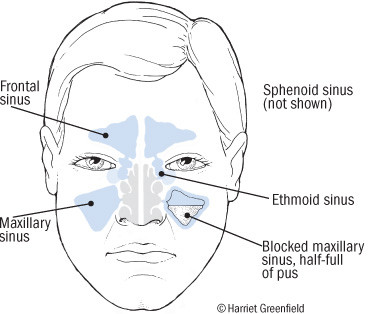The rotator cuff is a crucial group of muscles and tendons stabilizing the shoulder and facilitating its extensive range of motion. It comprises four muscles: the supraspinatus, infraspinatus, teres minor, and subscapularis. A common cause of shoulder pain, especially rotator cuff tendonitis, involves inflammation of these tendons. Early symptoms often include a dull ache around the shoulder’s outside tip, worsening with activities like pushing, pulling, reaching overhead, or lifting the arm. Sleeping on the affected shoulder can also cause discomfort.
Rotator cuff tendonitis symptoms typically intensify over time, including pain or swelling in the front of the shoulder or side of the arm, and difficulty in raising or lowering the arm. Shoulder pain can also be related to other conditions like biceps tendonitis, degenerative changes in the acromioclavicular joint, or even neurogenic thoracic outlet syndrome (TOS).
For managing rotator cuff tendonitis, it’s essential to strengthen the rotator cuff muscles. This can be achieved through exercises like outward rotation with a rubber exercise band, ensuring the shoulder is warmed up and stretched before strength training. Additionally, understanding and addressing the risk of impingement syndrome is vital. This occurs when the rotator cuff tendon is pinched, leading to inflammation, swelling, and pain.
In more severe cases, like rotator cuff tear arthropathy or shoulder arthritis with a large rotator cuff tear, symptoms may include significant pain, limited arm use, and progressive debilitation. It’s essential to seek professional medical advice for a proper diagnosis and treatment plan tailored to the specific condition and severity.
For further reading on rotator cuff tendonitis, visit Harvard Health and Hospital for Special Surgery. Additionally, for comprehensive information on neurogenic thoracic outlet syndrome (TOS), check Washington University in St. Louis.



